|
1. Who were your teachers or influences?
Dayna mason, Karen Russo, and Michael Hussar. So many influences. Old masters work (Caravaggio, Peter Paul Rubens, Van Eyck, Rembrandt, John Baptiste, etc). 20th century stuff, Sargent, Adolf Hiermy Hershel, Andrew Loomis, Robert Mcginnis, Frank Frazetta, Norman Rockwell, Robert Williams, Gottfried Helnwein, John Currin, Luis Ricardo Falero, Sargent, Phil Hale, old 70's, 80's graffiti subway artist like ernie, quick, seen, dez, dondi, lee, etc. slick, risk, zodak, hex. The list goes on and on. 2. What techniques or tricks did you find most useful when learning to paint? Underpainting, grisaille, wet on wet. Mixing in the work. Drawing. Fully planning out the piece. 3. What are 3 key principles of making good art, in your opinion? Number them? How about I color them? Blue: Solid foundation Yellow: Meaning Red: Emotional evocation, positive or negative. Some kind of connection emotionally. 4. What are the most common mistakes that you see other artists make? Copying other artists without adding anything of their own soul. Painting the same thing over and over. Not taking risks. Painting for audiences, not themselves. Not making a body of work. Painting for pay alone. 5. Can you break your painting process down into 10 steps, or less, for us? 1. I start with a few sketches, then work out the composition and draftsmanship. 2. Then I use blue saral transfer paper to transfer the drawing onto panel. 3. Depending on what medium I'm going to use, I do a thin wash of raw umber to do a underpainting in 3 values: dark, middle, light. 4. Once that is dry, I then start adding fat over lean, building a strong foundation in grey values, shadow and light. 5. Once that is dry, I lay out a select pallet: Titanium buff, raw umber, vandyke brown, alizarin crimson, indian yellow, ultramarine blue, chromium oxide, yellow ochre 6. I then start adding color over the grey tones; building up values, but still letting the underpainting come through. 7. Finally, I add glazes and frosting to finish the piece.
0 Comments
1. Who were your teachers or influences?
Some of my early influences where comic books, cartoons, horror movies and one of the biggest was album cover art. Looking through my brothers vinyl collection and seeing all that art changed my world. Made me realize what kind of art I could possibly make. Seeing the artwork for Black Sabbath debut album and the feeling I got from that is still something I find that I’m still trying to get out of the work I'm even doing today. Not the darkness one may think of but it’s the somberness of the imagery I love. I also had an art teacher in junior high named William Robinson that made a huge impact on my learning curve and taught me how to approach art in a new kind of way. He taught me how to not hold onto something too dearly and how discovery can be found in experimentation throughout art. My biggest influence and still is today would be my father. The man is a true genius and I know the word genius holds a lot of weight but this man truly is. He is the one who has showed me all the tools that I still use today in my everyday life of creating. He gave me the knowledge that anything is possible as long as you set your mind to it. He’s also the one that got me to switch from acrylics to oils. 2. What techniques or tricks did you find most useful when learning to paint? This is a question that I always find troublesome. Due to most of the time I'm not even quite sure how I get the results that I do. For the most part I would say I am self-taught. I find myself coming to my own conclusions in results in a much different way than probably most. I paint in a way that's more of an illustrative approach where I draw out with graphite my entire piece before approaching it with oils on canvas or panel. Then block out my colors so the pencil is still transparent through the paint. Then block in the colors. I add other colors to give depth shadow lighting etc. With the mindset of keeping a wet on wet approach. If paint is dry when I come back to the next session I normally will rub a thin coat of linseed oil over the surface to give it a much more workable surface to begin with. My paintings are normally 3 to 6 passes over the course of developing the piece. One thing I do find very important is to use good brushes and good paint brands. Not to say that someone needs to go crazy and buy the most expensive stuff. But, if you use the quality brands you will find a much easier and much more rewarding time within the work. Normally I use Golden for gesso, Winsor Newton (nostalgic. it’s the first oil paint my parents ever got me) and Gamblin. White Sable - Robert Simons Brushes. Turpentine whatever brand the local hardware store has that month. 3. What are 3 key principles of making good art, in your opinion? 1. Paint for you! 2. Never try to follow a trend 3. Stay true to yourself! And always remember why you started this to begin with don't get caught up with the bullshit 4. What are the most common mistakes that you see other artists make? Get your work out there and don't wait for someone to come to you. If they don't know who you are then it’s pretty safe to say they don't know your work. Find the proper venues to host your work. If you're a figurative painter you're not going to try to get an exhibit at a gallery that only shows abstract work. If you're just starting out show your work anywhere you can. In the beginning I showed my art anywhere I could, bars, coffee shops, nightclubs and on the streets of Boston. Always treat every opportunity like it could be the best of your life. Remember to remain professional, It's a business just as much as it's art. Respect your work if you don't no one else will. Be careful with your pricing in the beginning. Let it grow overtime. Once you go up you can't come down. I always recommend this book if someone is just starting out. I found it hugely helpful: “Taking the Leap” by Cay Lang 5. Can you break your painting process down into 10 steps, or less, for us? Here is somewhat of my working process within this video https://youtu.be/yoIhYVmw9qs 1 - For panels I always use foam rollers with gesso acrylic. Put on two to three light coats before sanding then repeat normally put anywhere from. Seven to Eleven coats of gesso. If I am painting on canvas or linen I use an oil ground (by Gamblin) that I apply with pieces of cardboard kind of like using a kraft for plastering. Applying each coat very thinly and sanding between coats until I get a glass like finish. 2 - 95% of the time I draw out the theme of my painting with graphite on the panel. 3 - Depending on the tone I want the painting to represent I brush out a very thin coat of that color over the entire surface. So for instance if it's going to be a cool tone throughout the painting I will use a blue. If it's going to be warm tone then I might use a brown or red. 4 - when that last step is dry I begin to build out and establish my colors. Starting with the figures (it’s always more fun that way) 5 - then I begin to establish my background colors and tone. This begins to change everything within the work. It makes me understand my highlights and direction so much better. 6 - At this point I begin to go back into the figure(s) and reestablish my highlights and shadows. 7 - This process of building layers and passes is something I do over and over again each time blending more with the brushes depending on what type of look I'm trying to achieve. 1. Who were your teachers or influences? My art teachers are other works of art and artists that inspire me. It could be a medieval painting or a vintage photograph that teaches me what aesthetics are most pleasing to use in my own work. I glean my environment for influence and inspiration. 2. What technique did you find most useful when learning to paint? Digital art. This technique is useful in the fact that you can just worry about learning how to paint and not waste energy on anything else like set up/clean up, erasing hard-to-erase reworked portions, dipping/ cleaning your brush, dispensing and mixing media, etc. 3. What are 3 key principles of making good art, in your opinion? 1. A visually appealing and consistent aesthetic 2. Something that provokes emotion 3. A good use of cleverness 4. What are the most common mistakes that you see other artists make? Not using highlights and shadows to create something with more depth (with the exception of certain illustrative styles). 5. If you were to train someone to paint like you in 1 week, what would their training look like? Vigorous because 1 week is surely not enough time. If they only have a little art experience then they will need to learn the basic foundation of drawing and painting. From there, we will study the aesthetics of tattoo art and then, lastly, study my own personal aesthetics to narrow it down. It's be an intense week lol 6. Can you break your painting process down into 10 steps for us? 1) brainstorm the concept. 2) look for reference photos 3) digitally mock up the concept/design 4) Using a Wacom tablet and the program ArtRage, I choose a canvas texture for my painting surface to lessen the digital feel of every piece (I love to paint digitally but love the look of natural painting) 5) i used several different tools to mimic natural brushes and paint: Marker/pen, airbrush, Charcoal, Pencil 6) I use my digital mock up as a template and refer to it often and other photos for detail reference 7) Like most digital painters, I paint in different layers for different colors which is then merged in the end 8) I sometimes use a Watercolor brush tool to put a vintage wash on the finished illustration 9) I import the file into photoshop where it is color corrected 10) The piece is printed on an inkjet printer and made into a giclee |
Art GoopArt Goop is a Q&A for artists by artists. We ask questions designed to examine the techniques and methods of some of the most inspiring artists working today. Categories
All
Archives
September 2017
|
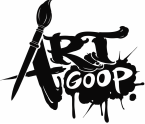
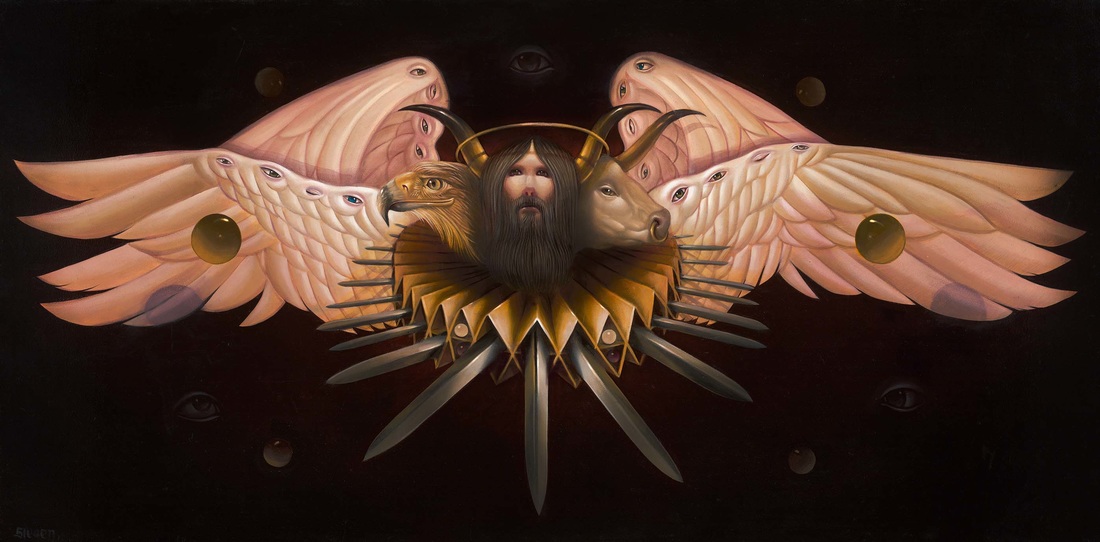
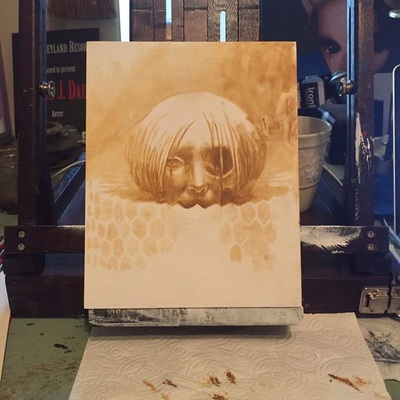
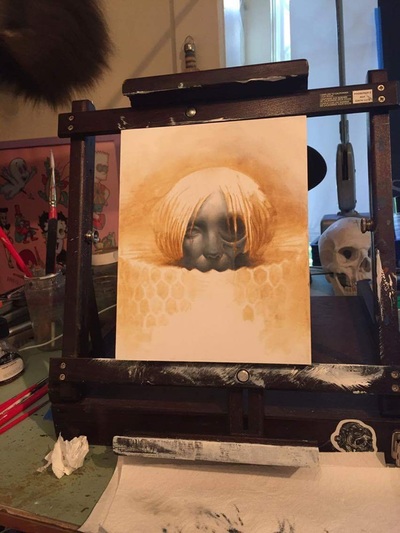
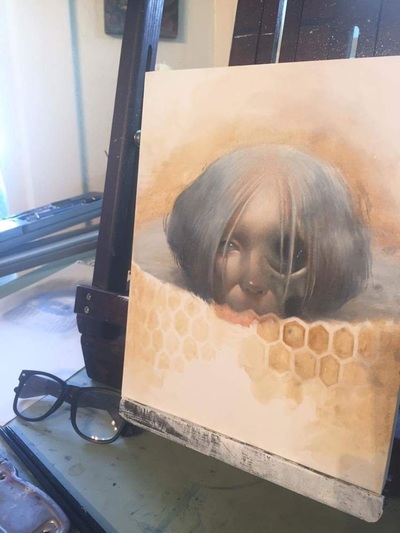
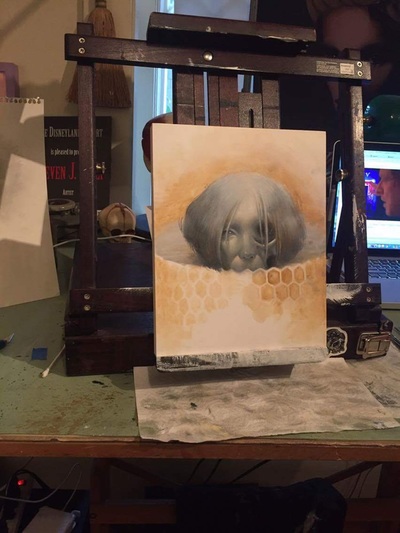
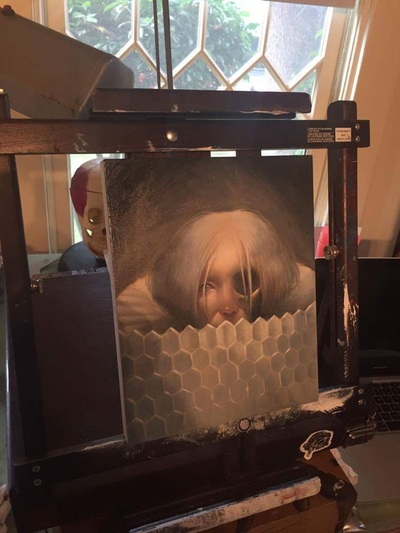
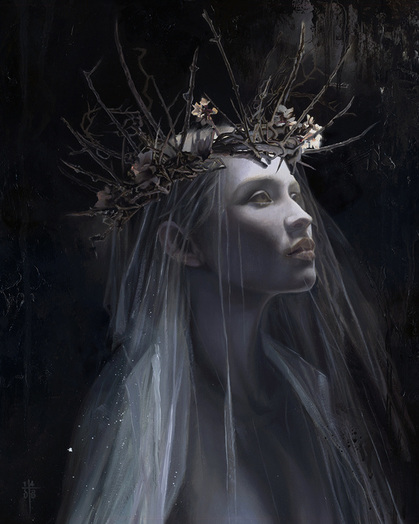
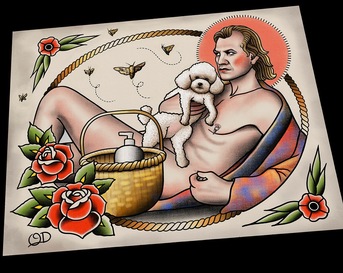
 RSS Feed
RSS Feed